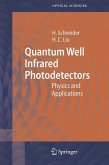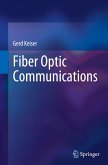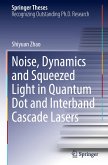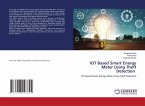Most of the currently available infrared photodetectors are of either the mercury cadmium telluride (HgCdTe) or quantum well infrared photodetectors (QWIPs) types. Both of these systems have certain drawbacks that have led to the search for better infrared photodetectors. Quantum dot infrared photodetectors (QDIPs) have been studied theoretically and experimentally, and are expected to surpass HgCdTe infrared photodetectors and QWIPs. Although QDIPs are promising candidates for the next generation infrared photodetectors, there are no reliable theoretical models that describe the performance characteristics of this devices. The purpose of the presented book is to fill some of the gaps by presenting theoretical models to two important parameters of the QDIPs, namely the dark current and the absorption coefficient. The model for the dark current is based on a generalized drift diffusion model while the model for the absorbtion is based on NEGF formulation. The models have shown good agreements with experimental results.
Bitte wählen Sie Ihr Anliegen aus.
Rechnungen
Retourenschein anfordern
Bestellstatus
Storno








